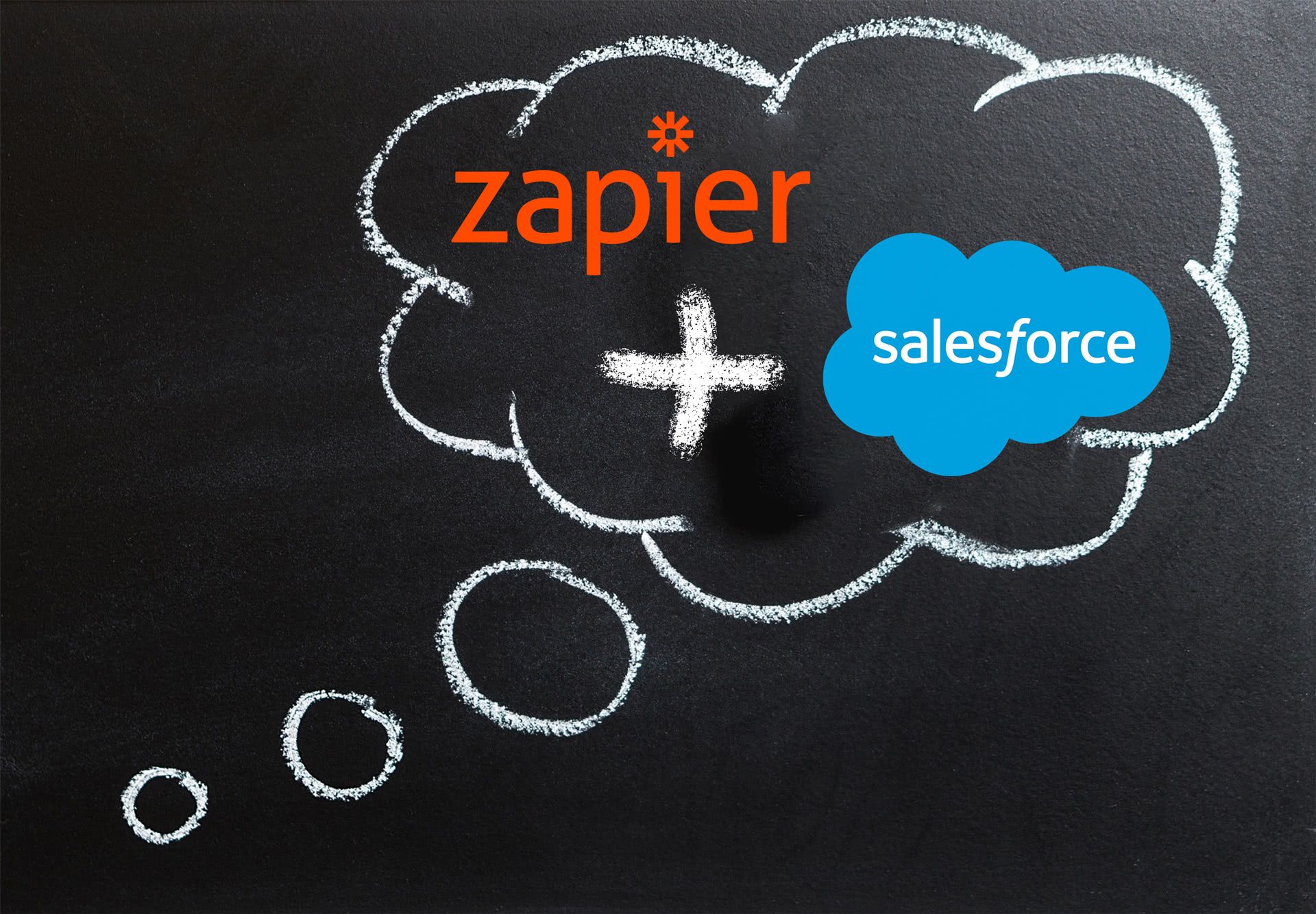![Simplicity - The Key for Building Your Sales and Marketing Stack [Strategy]](/content/images/2019/10/ryoji-iwata-159p1Wsn9tE-unsplash-1.jpg)
The mess of building a sales and marketing stack
Throughout the years, we have seen several types of companies:
Those that did not have any sales and marketing Stack - they had a CRM at best, without any tools to improve sales and marketing productivity and insights.
Those that were completely opportunistic - companies that bought a specific solution for a specified challenge, but did not integrate it with other marketing and sales tools.
Those that bought every solution under the sun, in an ongoing battle to improve their business performance.
Each one of these types were missing out:
-
The first one failed to enjoy the benefits of a proper marketing and sales stack. Their sales teams were slow to respond to incoming leads and at gaining insights of accounts that could have been potential buyers. Their marketing teams spent copious amounts of time repetitive tasks, such as sending ad-hoc email campaigns instead of enjoying the benefits of automation. As well they missed out on the opportunity to understand what their client interests are based on their digital touch-points.
-
The second type quickly faced a situation in which their database quickly deteriorated and their ability to maximize the value of each tool was drastically reduced. A good example are Marketo clients - companies that use this platform to only send newsletters.
-
The third faced a completely different challenge - as they introduced more tools, they faced greater challenges in: data integrity and operating the different tools. As time progressed it became a greater challenge to introduce new and required tools.
The three of these examples have another key issue - their ability to create a single source of truth for their actual business. Sales and marketing performance is hindered by their inability to connect the dots between all their systems, or lack of data (see examples of the first company above).
The challenge of simplicity
Simple isn’t easy. Today there is a plethora of MarTech and SalesTech platforms with various types of marketing and sales stack solutions, introduced yearly! Companies are compelled to learn, evaluate and implement new tools and work processes to stay ahead of the game. However, as seen above, moving fast is a double-edged sword and the trick is balance, if at all possible?
The key for marketing and sales stack simplicity
What we’ve learned to-date is that the easiest and simplest way to set-up and build a well functioning stack is based on two core principles:
Establishing a three core platform - each responsible for different aspects of the buyer’s journey and touch points within an organization.
Creating a simple and focused approach to innovation that does not negate the functionality of these core platforms but rather adds value.
Marketing and sales stack core platforms
- Customer lifecycle platform - this is where the cycle of the buyers, from the first touch point to renewal is being tracked and analyzed. In companies selling to enterprise, this should be your CRM platform.
We recommend using Salesforce as this platform - it is robust, flexible and has a wide partner ecosystem. - Engagement platform - this is where all digital touch points are being managed and executed and where digital behavior data is collected and analyzed. The segment in the market that fulfills this need are differentiated marketing automation platforms.
Depending on how your buyers buy and the complexity of your organization we would recommend working with Marketo or Hubspot. In a sense, this is where marketing lives. - Sales productivity platform - this is where sales people make their impact. They run their sales sequences through the platform, schedule meetings, call prospects, and attain insights about accounts and prospects. There are three types of systems in this category:
- In some cases, companies will be happy with what Salesforce has to offer.
- More advanced sales organizations will use tools such as, Marketo Sales Connect (in case they use Marketo), or Drift to set-up and run sequences and playbooks.
- The most advanced organizations are using dedicated sales engagement platforms such as Outreach or Salesloft.
Innovation and augmentation of core platforms
The challenge with core platforms is that they are much slower to innovate in comparison to focused solutions that answer concrete needs. It is much easier to set up a sales email template or even a full-blown sequence in Drift, compared to doing so in Salesforce. Therefore, companies that want to move fast need to consistently evaluate, implement and utilize new solutions that answer their needs for core platforms which are too slow to answer. However, this must be done without falling into the back-end mess as discussed above.
The simple rule of how to do it: no product is an island.
This means that every sales tool needs to connect to your CRM or, if you have a core platform for sales then connect it to that platform. All digital engagement tools need to connect to the engagement platform. If you are using Drift as a bot/live chat engagement touch point, integrate it with Marketo. Furthermore, if you are using it for sales sequences make sure it is integrated with Salesforce.
The benefits of this approach are:
- You can easily maintain data integrity by syncing what’s attainable to core platforms.
- You can better maintain reporting frameworks and dashboards, as they are connected to the core platforms instead of connecting them to each product separately.
- You enjoy the synergy between these products - engagement data that resides in your marketing automation platform can trigger events in your conversational marketing tool for example.
- You can easily replace tools that augment the core platforms without drastically harming service, continuity and data integrity.
Not Easy, but feasible
Building your backend with core platforms in mind still requires planning, solid choice processes, implementation of new technologies and a lot of attention to data integrity and reporting. However, this methodology drastically simplifies coping with these challenges.





